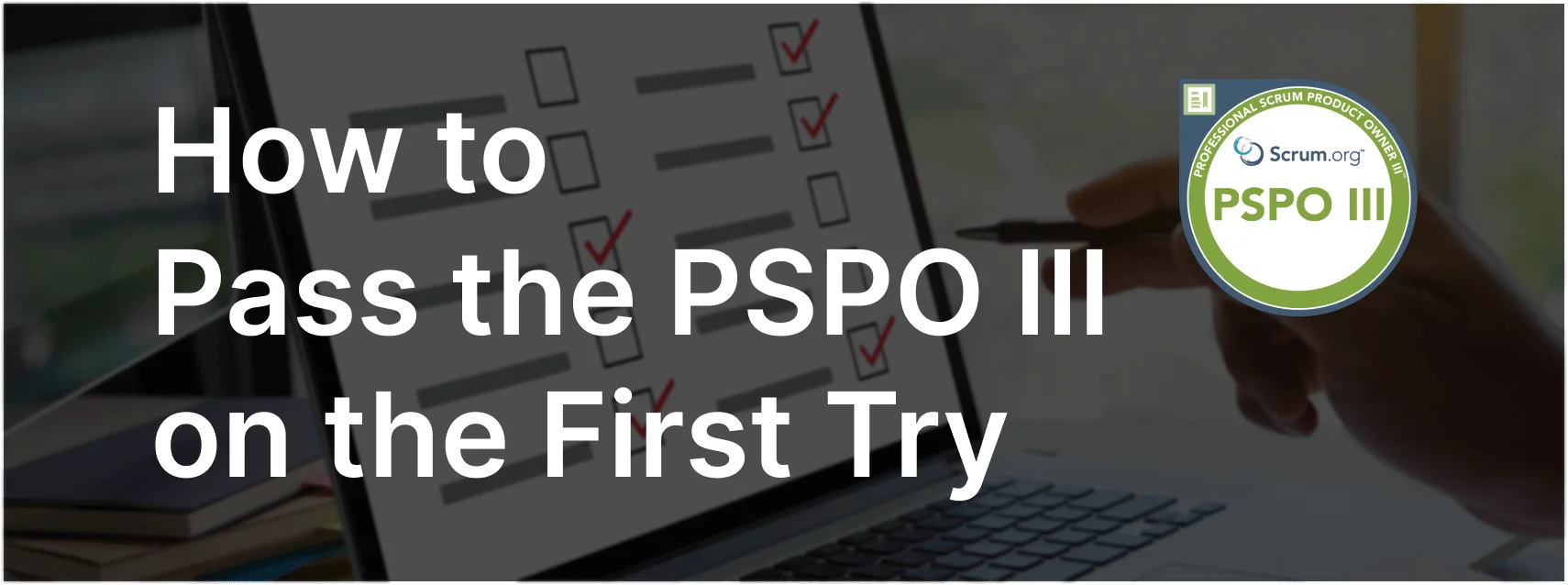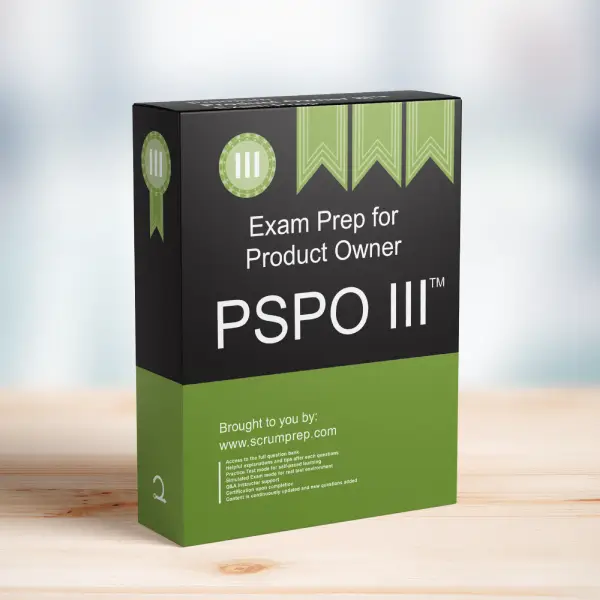How the Scrum Master Can Help or Impede the Product Owner’s Success
The relationship between the Scrum Master and the Product Owner is crucial for the success of a Scrum Team. A supportive Scrum Master can help the Product Owner excel in their role, while certain actions or inactions by the Scrum Master can also impede the Product Owner’s effectiveness.
Exam Question
Based on your experience applying Scrum; provide two examples of the Scrum Master helping the Product Owner become successful in their role?
Also provide two examples of a Scrum Master impeding the Product Owner from being successful in their role.
Explanation
Two Examples of the Scrum Master Helping the Product Owner Become Successful
- Facilitating Effective Stakeholder Communication:
Example: The Scrum Master helps the Product Owner by organizing and facilitating meetings with stakeholders. This ensures that the Product Owner receives timely and clear input, which is crucial for making informed decisions about the Product Backlog and prioritization.
Impact: This support allows the Product Owner to stay focused on maximizing value and maintaining strong relationships with stakeholders, leading to a more successful product. - Coaching the Product Owner on Agile Practices:
Example: The Scrum Master provides coaching and guidance to the Product Owner on how to effectively use Agile practices, such as iterative planning and incremental delivery. This coaching helps the Product Owner align the team’s work with the Scrum framework, ensuring that the product evolves in a way that maximizes value.
Impact: By empowering the Product Owner with a deep understanding of Agile practices, the Scrum Master enables them to make better decisions and lead the team more effectively.
Two Examples of the Scrum Master Impeding the Product Owner’s Success
- Overstepping Boundaries in Product Backlog Management:
Example: The Scrum Master begins to interfere with the management of the Product Backlog, making decisions about prioritization or content without the Product Owner’s involvement.
Impact: This undermines the Product Owner’s authority and can lead to confusion within the team about priorities, ultimately hindering the product’s success. - Blocking Direct Communication Between the Product Owner and Developers:
Example: The Scrum Master insists on being the only channel of communication between the Product Owner and the Developers, preventing direct collaboration.
Impact: This restriction can lead to miscommunication, delays in decision-making, and a lack of alignment on product goals, which can impede the Product Owner’s ability to guide the product effectively.
Relevance to the PSPO III Exam
Understanding the dynamics between the Scrum Master and the Product Owner is essential for Product Owners, especially at the PSPO III level. Recognizing both supportive and obstructive behaviors helps Product Owners navigate their relationship with the Scrum Master to ensure the product’s success.
Key Takeaways
- Supportive Actions: Facilitating communication and coaching on Agile practices are ways the Scrum Master can help the Product Owner succeed.
- Impeding Actions: Overstepping boundaries in backlog management and blocking direct communication can impede the Product Owner’s effectiveness.
- Collaboration and Boundaries: A clear understanding of roles and boundaries is crucial for a successful Scrum Team.
Conclusion
The Scrum Master’s role in supporting or impeding the Product Owner can significantly impact the product’s success. By fostering a collaborative environment and respecting boundaries, the Scrum Master can empower the Product Owner to lead the product effectively. For more insights on the Scrum Master’s impact and to prepare for the PSPO III exam, visit our PSPO III Exam Prep.



